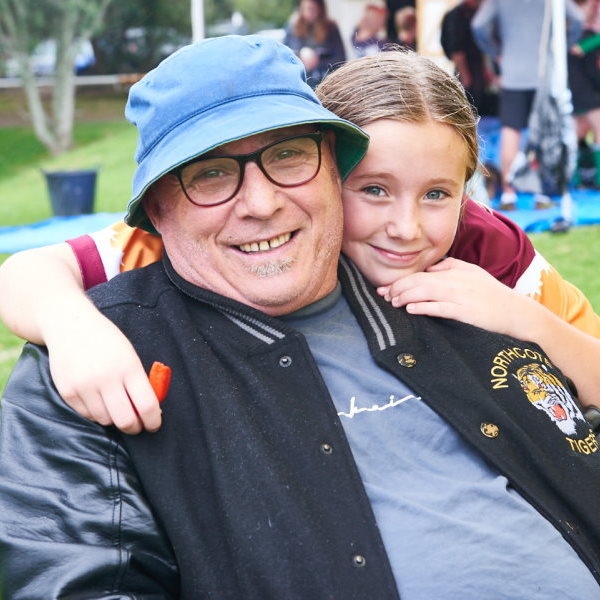
All
Injured Players
During our season we are going to have to deal with players that are injured and we need to be able to ensure that they are recovered and ready to rejoin playing again.
- Categoryinjuries | safety
- Last UpdatedSep 2021
There is no reason a player needs to return to the game except if they are fully recovered.
We play in a non-competition league and there are no cups for winning and so there is no reason to rush a player back to the game. It is more important that that player is fully recovered from their injury and is also prepared both physically and mentally to start playing again. Introducing a player back to play before they are ready will only increase the risk of longer-term and ongoing issues.
If they can not play a full game then they potentially should not play at all.
Sometimes you may be told that they can play half a game. That should raise questions and you should consider waiting until they can play a full game. If they are unable to train at practice due to a recovering injury it is unlikely that they are ready to play that weekend. Ideally, a full training should be achieved before a game is played.
Depending on the injury and time away from the game, starting the player on less than a full game is a good option. Some injuries may be healed and appear strong but may not have the endurance back quite yet.
It is far more important for an injury to be healed before subjecting it to the rigours of contact sport. Otherwise, it is certain this will pro-long the injury and at worst, cause more damage and long term issues.
Managing Players Back
When players are injured we also don't want to shut them out from the team. Make a plan to involve them and invite them along to training. It may be doing the exercises that were prescribed by their doctor/physio. You could have them help you with the training where they can such as setting out cones and collecting them up. Retrieving kicked balls. Perhaps they could help other players practice a skill.
All this involvement helps keep the player physically involved in the team but also and potentially more importantly mentally involved with the team. Just being around and knowing what skills and game plan you are working on with the team keeps them involved and allows them to join in much better prepared when their injury allows them to.
Ideally, what we want to do is to create a positive attitude about dealing with an injury. This approach to dealing with injuries may be one of the best things, you as a coach may teach the players in your team.
The best players train the hardest when they are injured.
As for the rest of the team, they also need to learn to play and step up when other players become injured.

